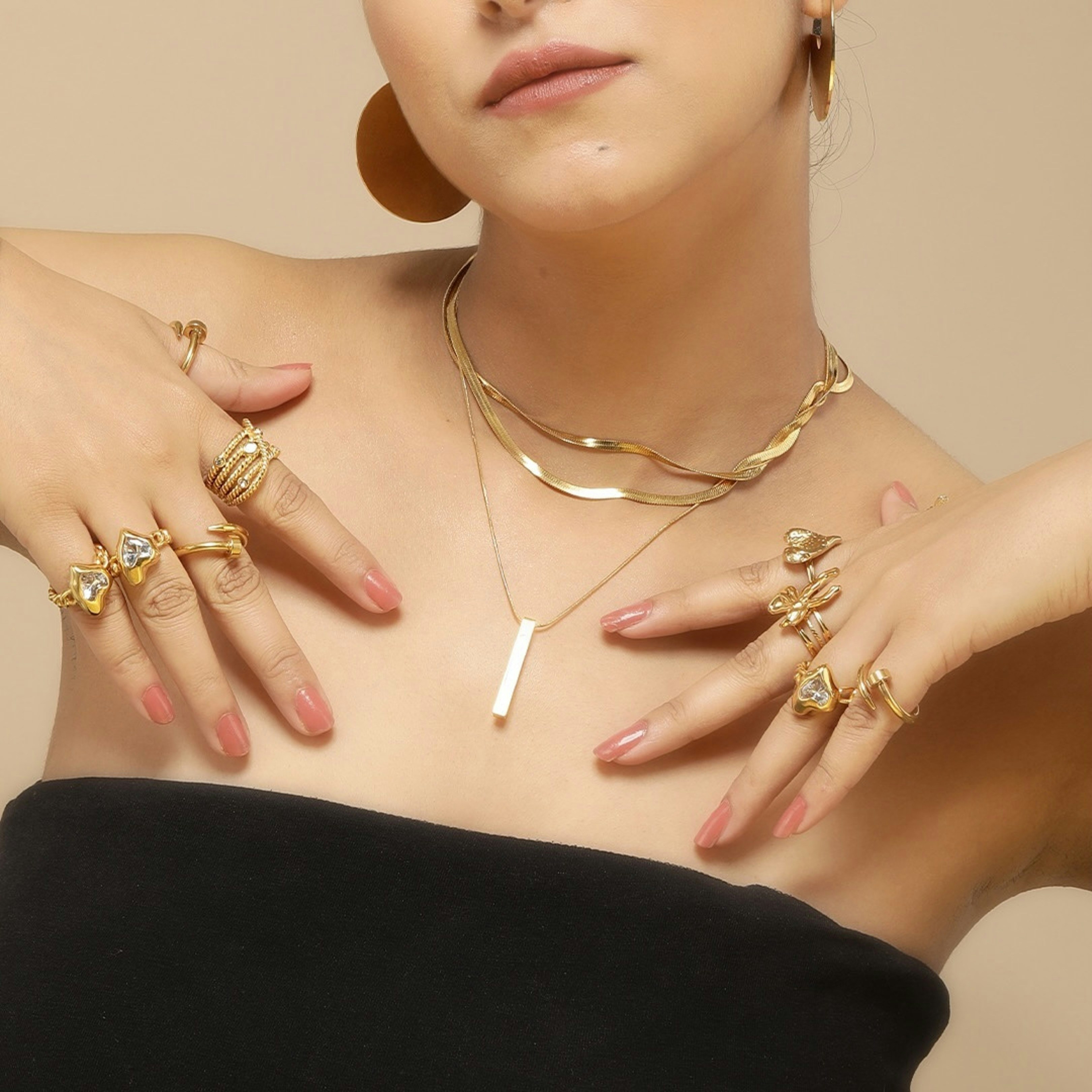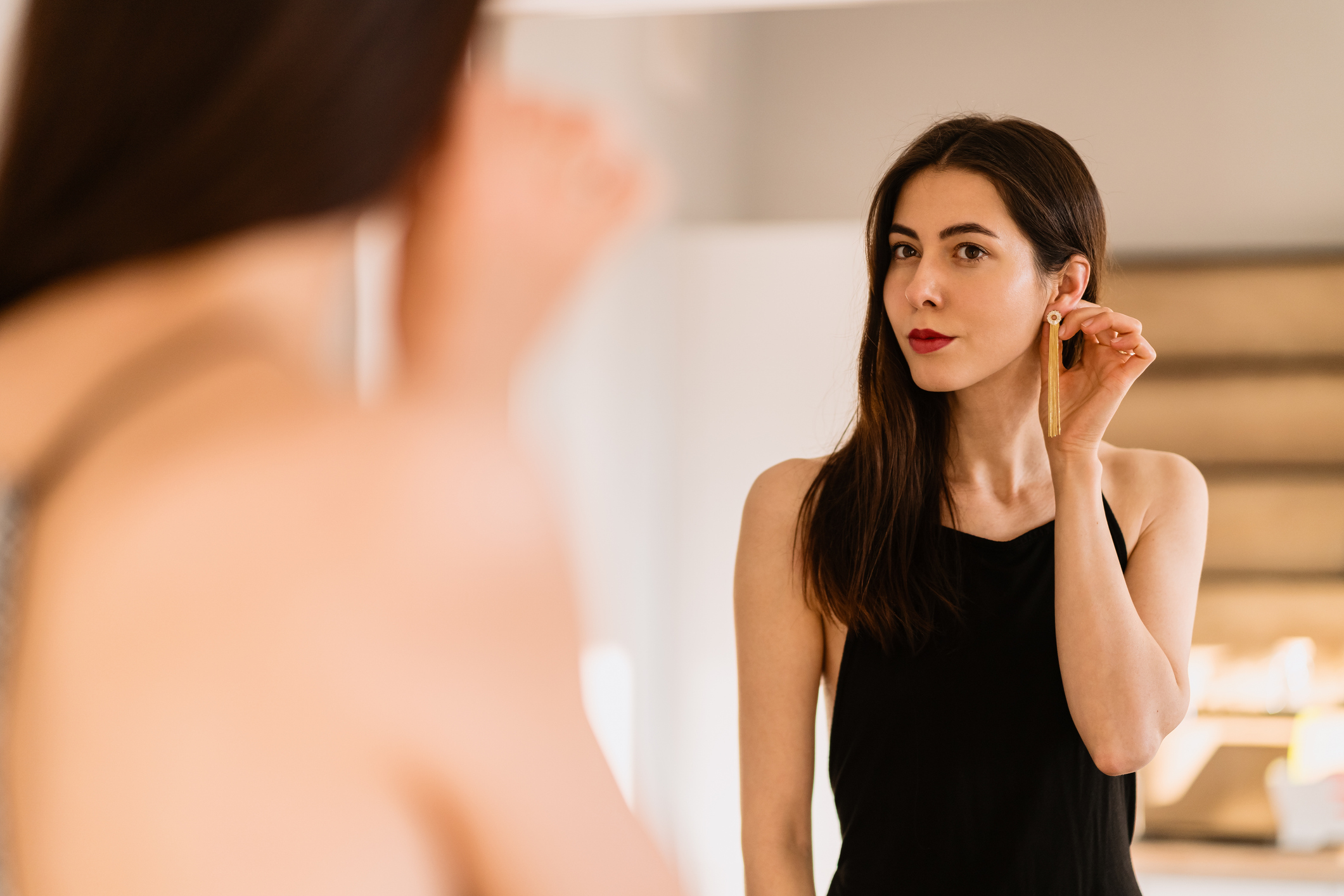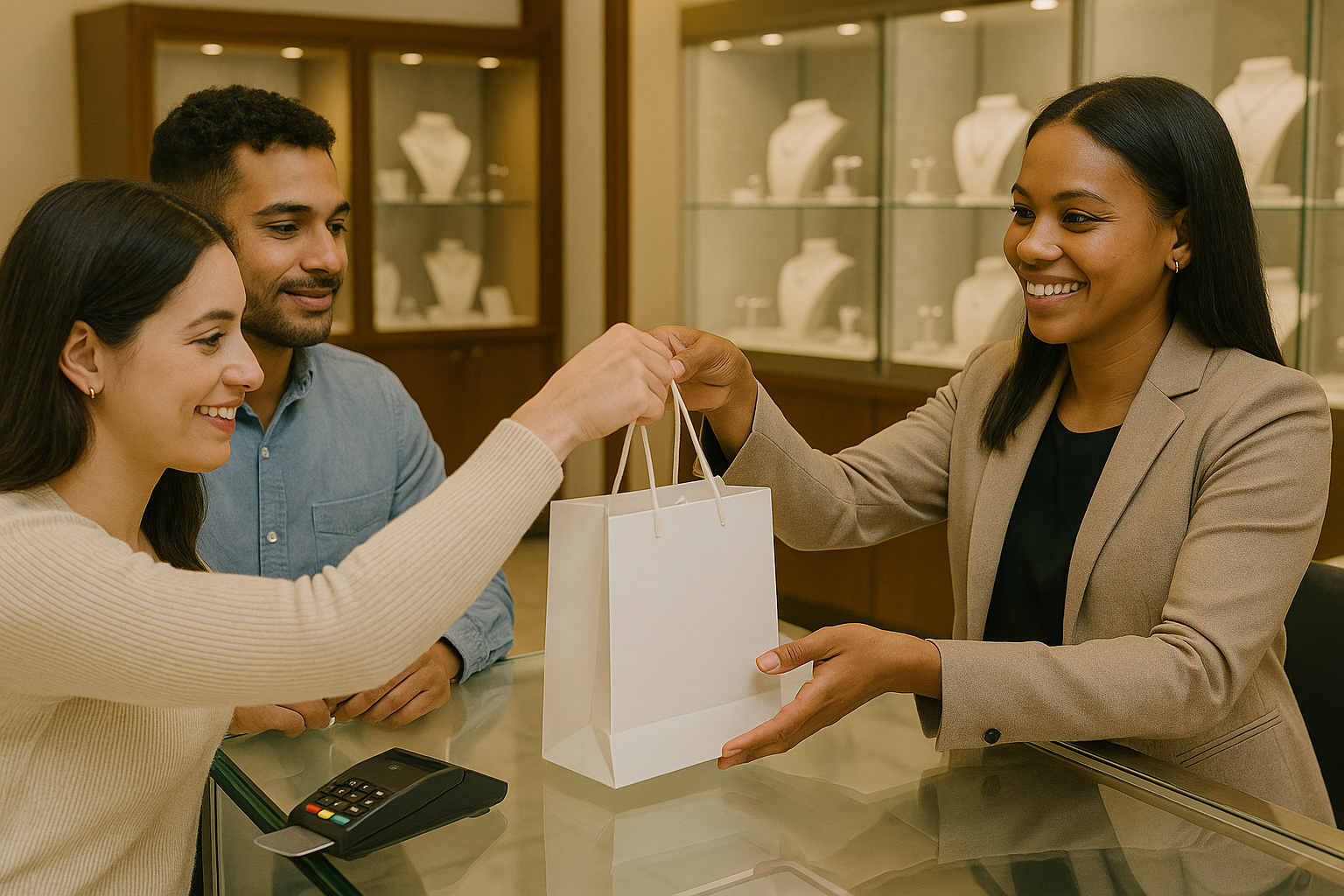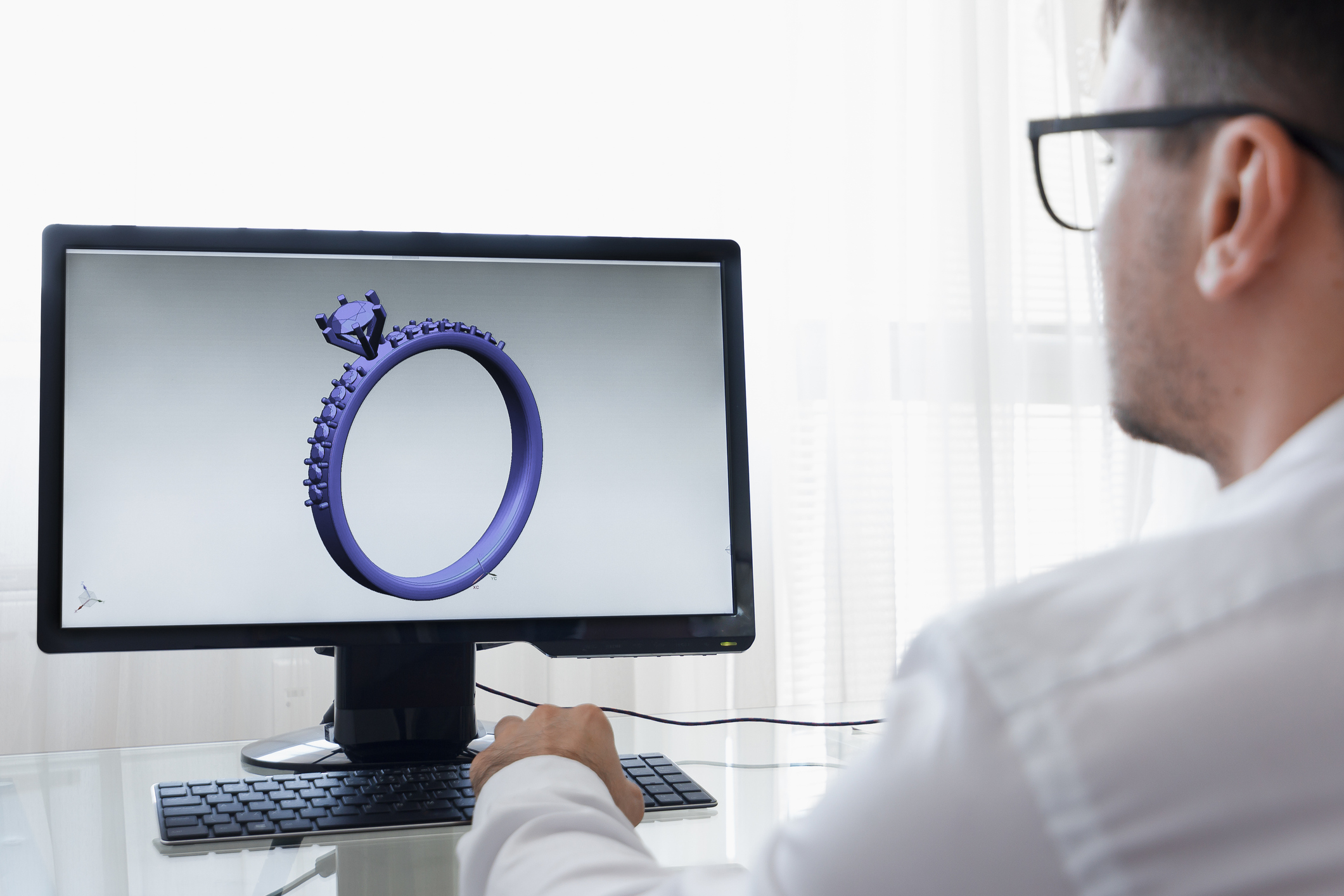Move over, gift givers. There’s a growing segment of jewelry buyers who are shopping for themselves, and they’re not waiting for permission.
The female self-purchaser is on the rise, and jewelers who understand how to serve her are seeing big results. According to research reported by The Plumb Club, self-purchasing is now the #1 motivation for women buying jewelry—outranking birthdays, anniversaries, and even bridal occasions.
This shift isn’t a trend. It’s a long-term opportunity. But it does require a different approach. Selling to the female self-purchaser isn’t about helping someone find the perfect gift. It’s about recognizing her as the buyer, the decision-maker, and the person who will wear and enjoy the piece herself.
Here’s what you need to know about this growing customer segment and how to win her business.
Who is the female self-purchaser?
Simply put, she’s a woman who buys jewelry for herself—often to mark a personal milestone, reward an achievement, or simply because she wants to. And she’s not waiting around for someone to buy her a special piece as a gift.
She’s not a one-size-fits-all persona. Self-purchasers span a wide range of ages, life stages, and income levels. Some are celebrating a big promotion or new chapter. Others just want to invest in something beautiful that brings them joy.

A recent report by Jewelers Mutual highlights that self-purchasers are typically between 35 and 55 years old, and are motivated by a mix of style, empowerment, and emotional meaning. These women often view jewelry as a form of self-expression and confidence—something they’ve earned, not something they need to wait for.
Occasions that prompt self-purchases include:
- Personal milestones (birthdays, promotions, anniversaries)
- Emotional moments (divorce, new beginnings, major accomplishments)
- Fashion-driven choices (styling an outfit, updating a wardrobe)
- “Just because” moments (especially post-pandemic, when consumers are embracing small luxuries)
And don’t underestimate her investment: as MID House of Diamonds points out, more than 30% of women who purchase diamond jewelry are now doing so for themselves—and they’re buying fine jewelry, not just trend pieces.
What to do: best practices that build trust and loyalty
Selling to the female self-purchaser is about personalization, respect, and connection. These strategies will help you build trust, create meaningful moments, and keep her coming back.
Do ask discovery questions that put her at the center
The key to serving a self-purchaser well is to make it clear from the start that you see her—not just as a shopper, but as the wearer and the decision-maker.
Instead of asking who she’s buying for, ask questions like, “What kind of piece are you envisioning for yourself?” or “What jewelry makes you feel most confident?” These types of discovery questions open the door to a more personal conversation and help her feel understood. They also allow you to tailor your recommendations to her tastes, goals, and lifestyle, which creates a much stronger connection than a generic sales pitch.

Do encourage her to build a wish list—for herself
Too often, jewelers think of wish lists as tools for gift buyers. But they’re just as powerful for customers who are shopping for themselves.
A woman may fall in love with a piece but want to wait until her next milestone. Or she might just need time to think. By helping her create a wish list, you’re making space for her to shop at her own pace.
Do follow up thoughtfully after the interaction
When a woman buys for herself, she’s making a highly personal decision. Your communication should reflect that. Whether you’re texting her about a new arrival in her favorite gemstone or emailing her a styling tip based on something she browsed in-store, personalization makes her feel seen.
Better yet, with a retail CRM like Clientbook, you can store detailed notes on her style, past purchases, and wish list items. That way, every message feels like it was written just for her—and that kind of attention is what keeps her coming back.
What not to do: the don’ts of selling to her
Just as important as what you should do is knowing what to avoid. These common missteps can unintentionally alienate self-purchasing customers and undermine the buying experience.
Don’t overlook single women as buyers
For decades, jewelry marketing has centered around engagements, anniversaries, and holidays—purchases made within a couple. But single women make up a growing share of jewelry buyers, and they often have more autonomy in their spending choices.
According to Pew Research, 36% of U.S. women aged 25 to 54 are single, and they’re fueling much of the growth in categories like fine jewelry. Overlooking this group means missing out on women who are buying for themselves with intention.

Don’t assume it’s a gift
It’s still surprisingly common for sales associates to greet a female shopper with, “Who’s the lucky recipient?” But for the self-purchaser, that kind of assumption creates a subtle but immediate disconnect. She’s not here on someone else’s behalf—she’s the buyer, the recipient, and the decision-maker.
Assuming a woman is buying jewelry as a gift ignores her autonomy and buying power. Instead, start the conversation with curiosity: “What brings you in today?” or “Are you looking for something special for yourself?” These kinds of open-ended, non-assumptive questions invite her into the experience and validate her reason for being there, whatever it may be.
Don’t imply that self-purchasing is awkward
Some shoppers may already feel slightly self-conscious walking into a store alone. Especially in environments where gifting and couple-shopping dominate the imagery and conversation. Your job is to normalize and celebrate her choice. Avoid patronizing comments like “Good for you!” or “You deserve to treat yourself,” unless they’re clearly part of an empowered conversation. Instead, treat the self-purchase as exactly what it is: a thoughtful, confident decision made by someone who knows what they want.
How Clientbook helps you connect with self-purchasers
Clientbook is built to help jewelers build stronger, more personalized relationships with every type of buyer, including women who shop for themselves.
With Clientbook, you can:
- Create a digital wish list that reflects her style and preferences
- Text her directly with personalized recommendations and reminders
- Keep notes on what she’s shopping for and why
- Set automated follow-ups for key dates or life events
- Track purchase history and browse behavior for tailored outreach
In a world where clienteling is the difference between a one-time sale and long-term loyalty, Clientbook gives you the tools to connect in ways that matter. Especially for customers who are confident, independent, and buying for the most important person in their lives: themselves. Click here to take a demo and see how Clientbook can elevate your selling experience.





